Colombia coffee beans how to brew detailed powder water ratio water temperature grinding time tutorial
Professional coffee knowledge exchange more coffee bean information please follow the coffee workshop (Wechat official account cafe_style)
For more boutique coffee beans, please add private Qianjie coffee on Wechat. WeChat account: qjcoffeex
The most important feature of Colombian coffee is the diversity of its style. if compared with wine, it is like a champagne region of symbiosis between big factories and small farmers, with both standardized and stable styles and interesting and changeable small production stars. Generally speaking, Colombian coffee is fresh and fruity.
Before 2008, Colombia was the third largest coffee producer in the world, but it was unknown and could not wait for the favor of the boutique coffee market. But in 2008, in the southern part of the country, coffee beans in the producing area became famous after a volcano in the province of Whelan, and many Colombian estates won prizes when they took part in coffee bean competitions.

The reason for this change is that the flavor of coffee is formed not only by the genes of the variety itself, but also by whether the roots of the plants are strong enough and whether there are suddenly enough nutrients to supply the coffee plants.
Volcanic soil belongs to, comes from lava and volcanic ash, and is rich in some key nutrients, such as iron, calcium, magnesium, sodium, potassium, phosphorus, sulfur, silicon and other trace elements. The rich combination can be used as a stimulant for plant growth. It is also the key to the formation of more delicate flavor of coffee.
The more volcanic ash there is, the more fertile the soil is, so Colombia's boutique coffee producing areas are mainly concentrated in the south of Greenbia. Above 1500 meters above sea level, including San Augustin (Huila) in Huilan Province, Popayan (Cauca) in Cauca Province, Narino (Nalinglong Province) and Tolima Province (Tolima).
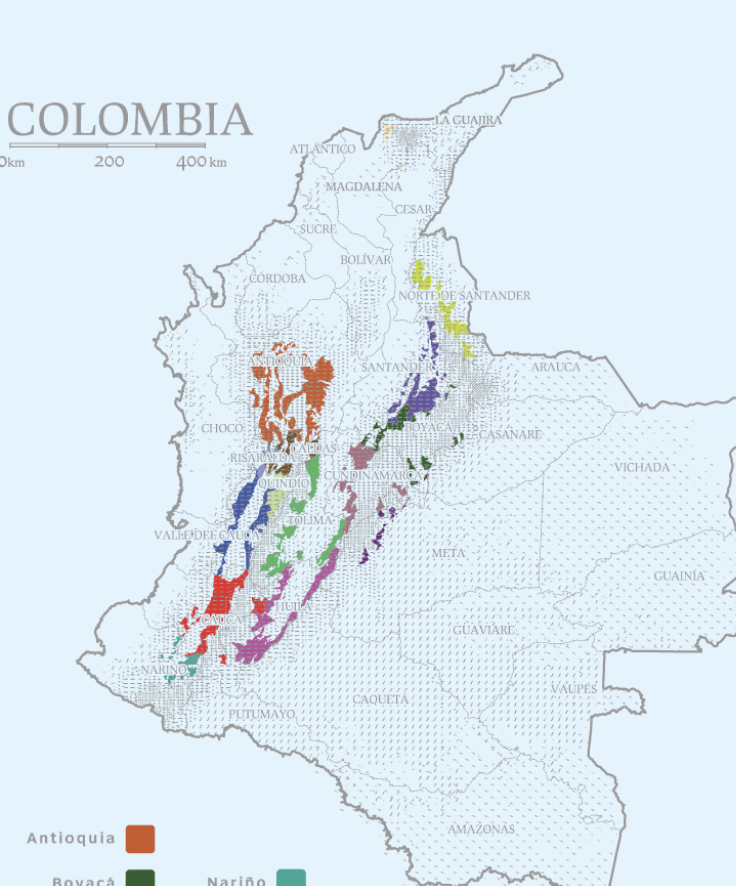
In addition to the area where Huilan Province is located, the coffee growing area here is closer to the equator, and most of the coffee grows in high-altitude mountains, the coffee quality here is more superior, not only has obvious acidity, but also has a unique flower and fruit flavor. As a result, the coffee produced in the southern growing area is more popular with coffee lovers.
Through the test and comparison of Qianjie coffee cups, it is found that the coffee flavors in these areas have delicate sour aromas and sweet and sour berries, as well as caramel aromas. Whether it is the traditional treatment or the later rise of anaerobic treatment, coffee beans can show these unique flavor.
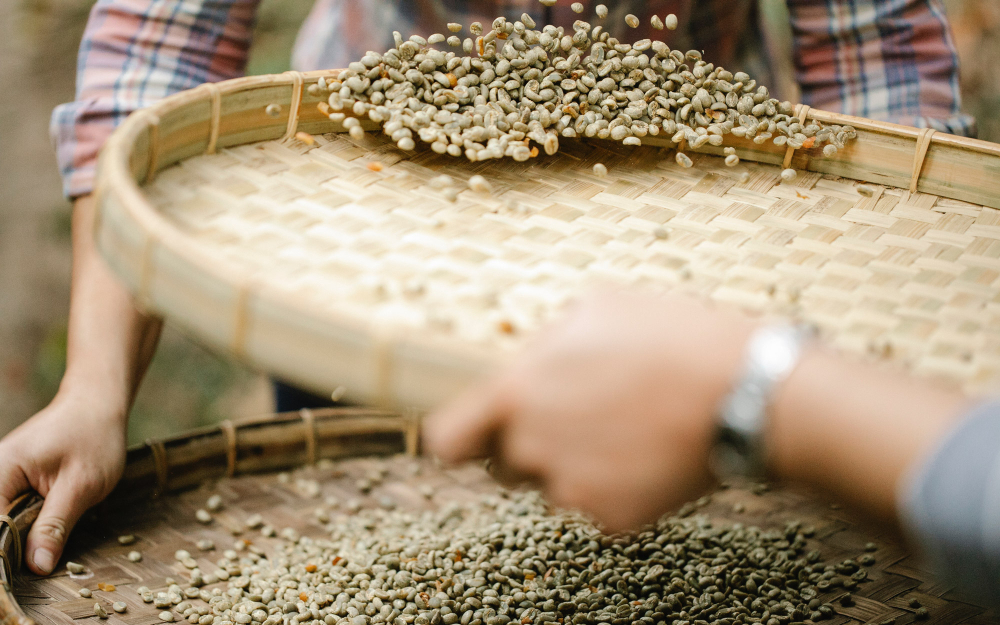
At present, Qianjie Coffee sells four types of coffee beans from Colombian boutique coffee producing areas, all of which are roasted to medium in order to increase the mellow and full taste of the coffee while retaining the soft acidity and obvious sweetness of Colombian coffee beans. All coffee beans ordered at Qianjie flagship store are issued within 5 days after baking, ensuring 100% fresh roasting of coffee beans.
One is Kaddura, which is planted at an altitude of 1500-1800m in the producing area of Cymbidium, using the washing method. The "Huilan coffee beans" treated with water have a cleaner taste and can most intuitively show the purest taste of the coffee beans themselves. This coffee bean has a very good flavor of Cymbidium producing area, with soft fruit acid, nuts, dark chocolate and caramel.

One is Kaddura, which is planted at 1800m above sea level in Cymbidium producing area, using anaerobic sun-dried "Hua Moon Night Coffee beans". The anaerobic sun treatment process enhances the fermented aroma of the coffee, which has the fermented aroma of strawberry wine / jam and a caramel chocolate finish.
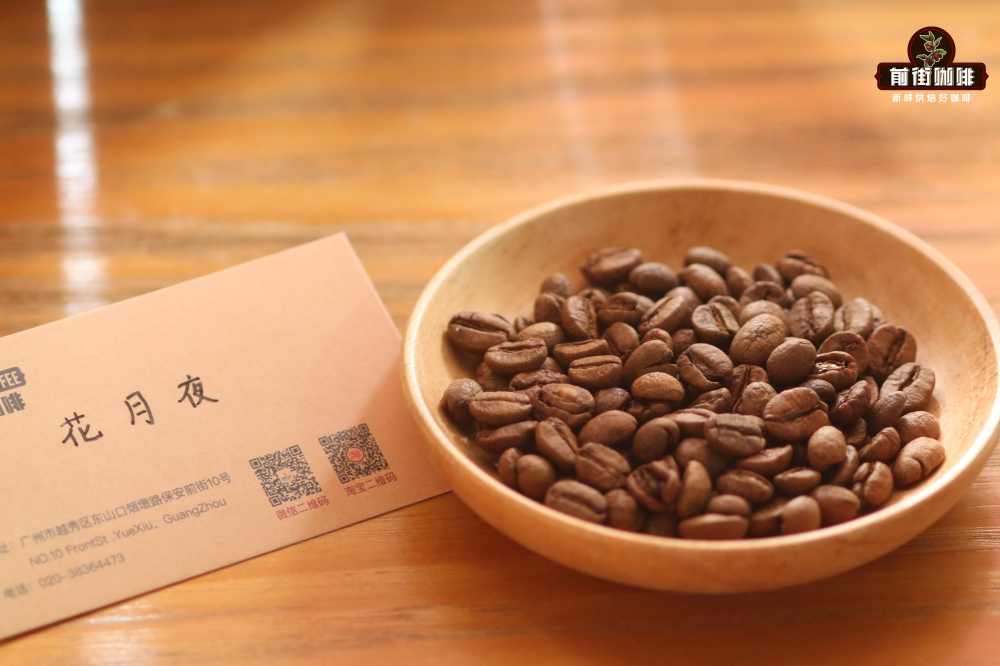
A washing method is used in Kaddura, Kaduai and Huayan coffee beans planted at an altitude of 1900m from Montblanc Manor in Cymbidium producing area. The flavor shows charming chamomile, mischievous pink pepper spice, sweet and sour mandarin, honey sweetness and almond finish.
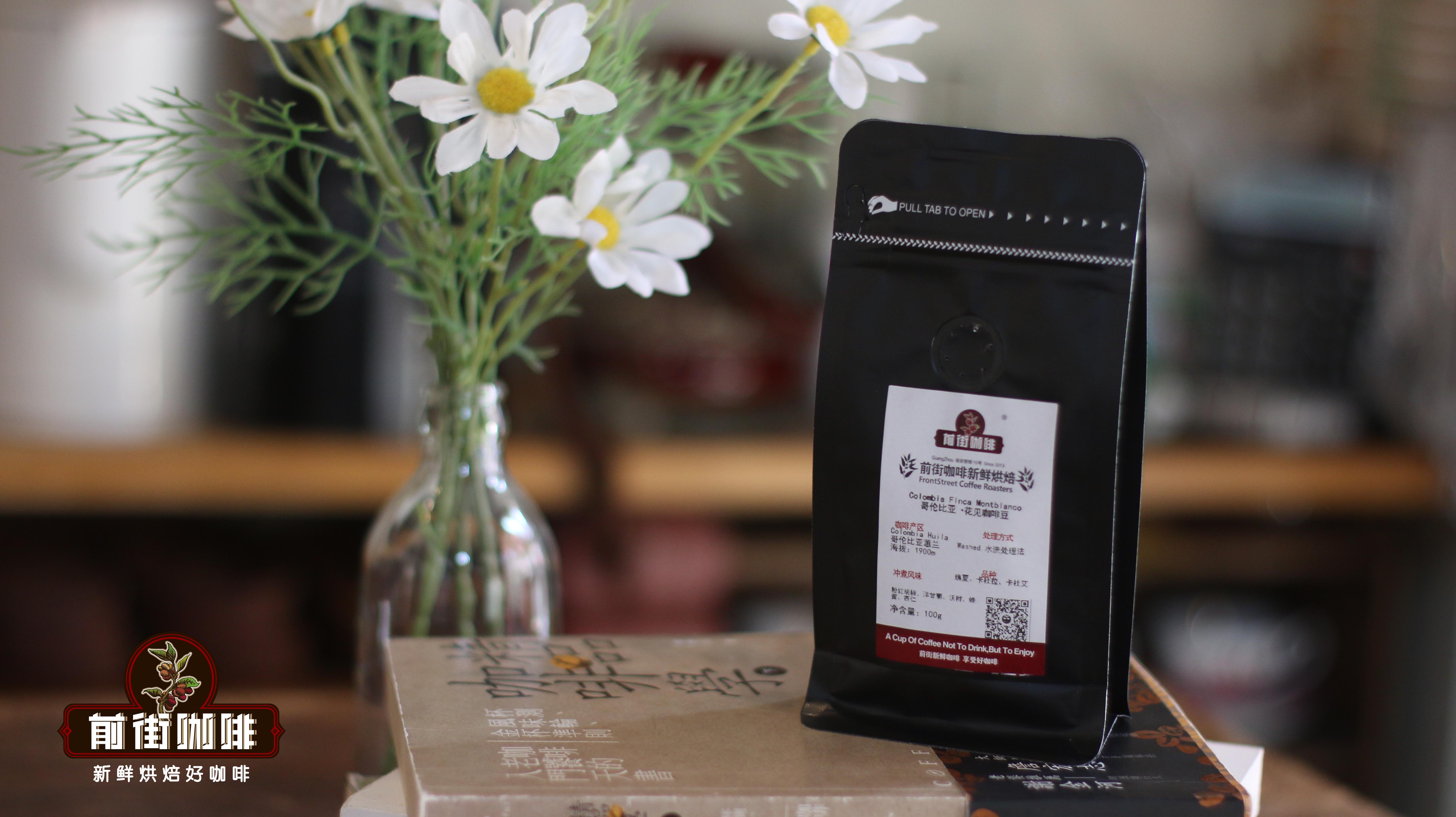
A Castillo from the Paradise Manor of Cauca production area 2050m, using double anaerobic washing treatment of "cherry blossom coffee beans". The flavor shows mugwort, berries, fermented fragrance, spices and strawberry jam.
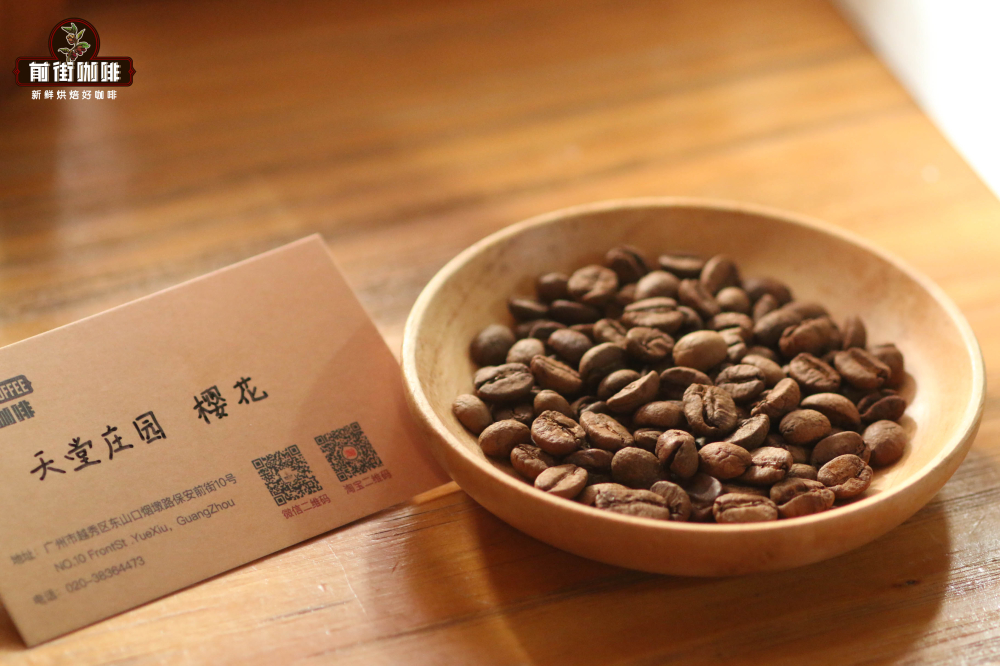
How do moderately roasted Colombian coffee beans taste good?
First of all, you need to prepare freshly roasted coffee beans, coffee grinders, hand pots, thermometers, weighing meters with timing, filter water, V60 filter cups, filter paper, sharing pots, and electric kettles that boil water.
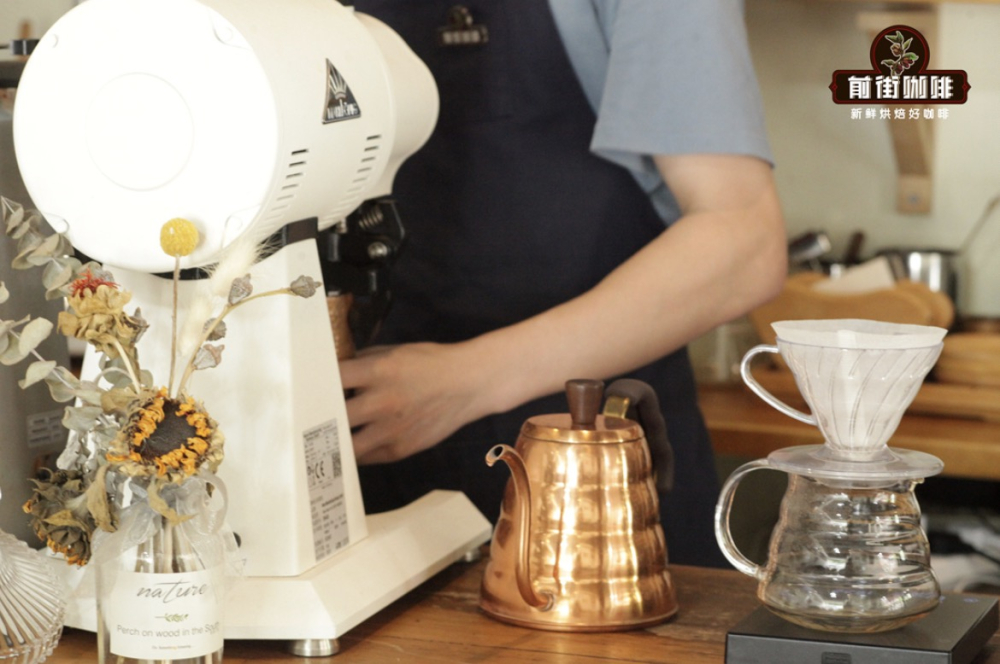
1. Fold the filter paper and put it into the V60 filter cup, then rinse the hot water evenly on the filter paper to make the filter paper wet and close to the wall of the filter cup. The wet filter paper can clean the filter paper, remove the smell of the filter paper and warm the apparatus.
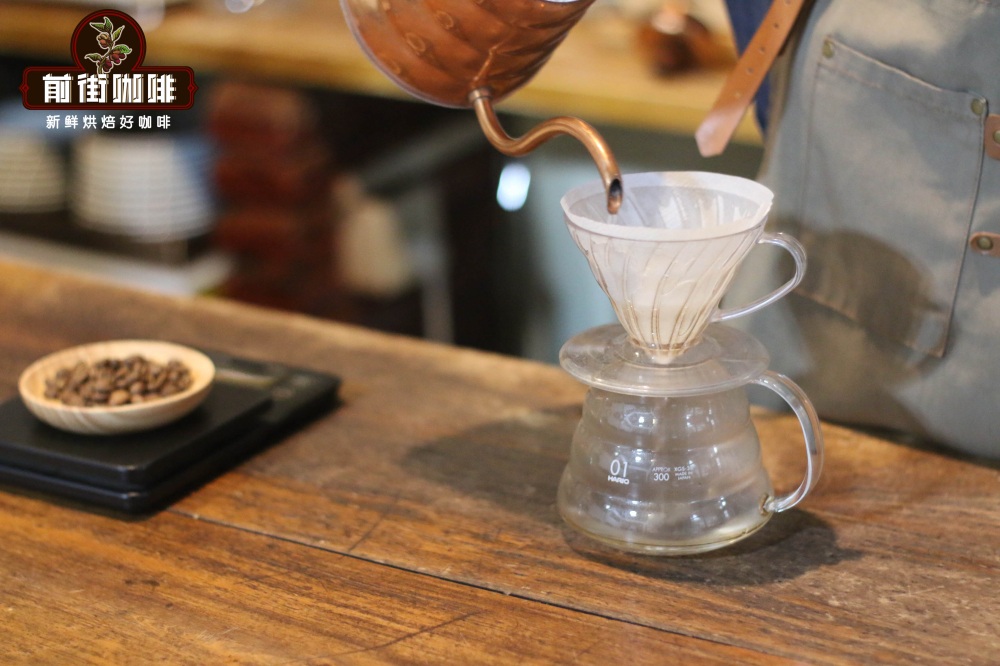
two。 Take the beans, weigh the coffee beans 15g, then pour them into the bean grinder and adjust the required scale for grinding. As a result of medium roasting coffee beans in the roasting process, their own density will increase with the heating, and become more loose. Therefore, the soluble substances in coffee can be extracted more easily. Therefore, Qianjie Coffee recommends brewing moderately roasted Colombian coffee beans and using medium grinding, such as white sugar (75% of the particle size filtered by China No. 20 standard sieve).
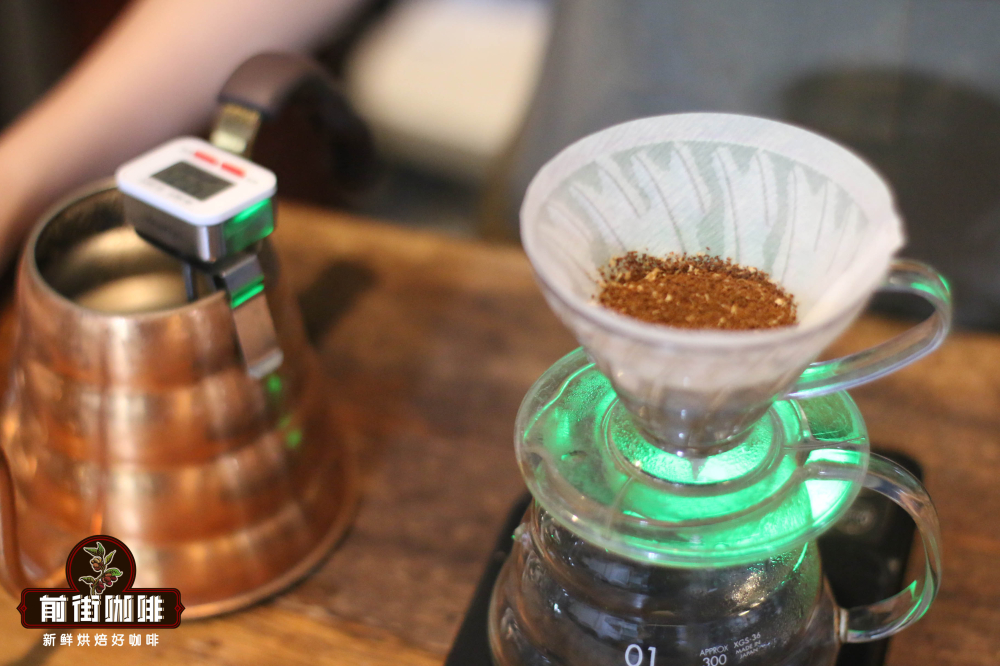
3. Pour the powder, pour the ground coffee powder into the filter cup and gently shake flat.
4. Then pour a pot of hot water into the kettle and cool it to 90-91 degrees Celsius before starting to brew. In order to give the coffee a more balanced taste, Qianjie Coffee recommends that the ratio of brewing powder is 1:15, that is, 225g of water for 15g of coffee powder.
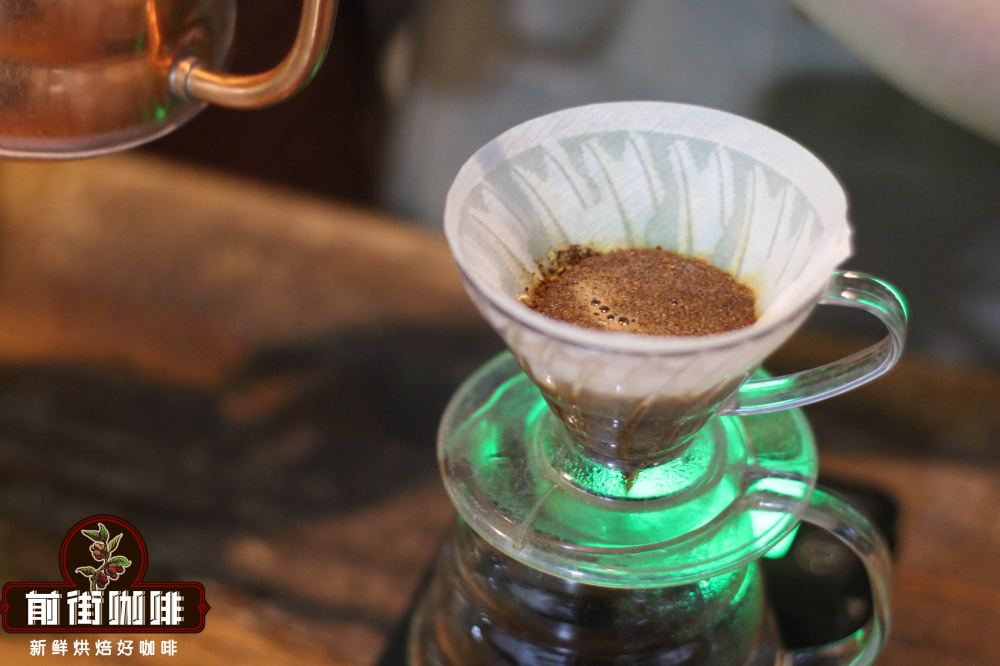
5. According to the time, wet the powder bed with twice as much water as coffee powder to form a drum and steam for 30s, then fill the small water from the inside to the outer circle to 125g, wait for the powder bed to drop to the position of half of the filter cup, and continue to inject the same fine water into the third section to 225g, until all the coffee liquid is filtered and remove the filter cup for about 2 minutes.
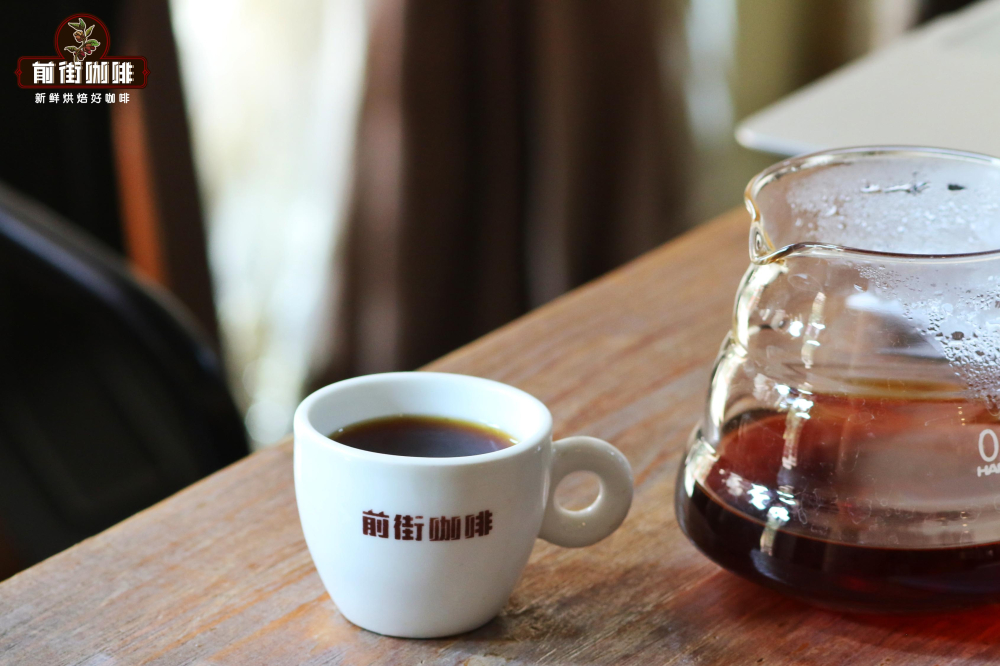
6. After the coffee is brewed, gently shake to make the coffee blend more fully, pour into a warm coffee cup, and a cup of fragrant hand-brewed coffee is done! You can add sugar or milk as you like.
Important Notice :
前街咖啡 FrontStreet Coffee has moved to new addredd:
FrontStreet Coffee Address: 315,Donghua East Road,GuangZhou
Tel:020 38364473
- Prev

Columbia Rose Summer Manor introduction Columbia Cloud Manor is as sour and sweet as peach jam
Professional coffee knowledge exchange more coffee bean information please follow the coffee workshop (Wechat official account cafe_style) front street-Columbia Cloud Manor Mara Rosa No. 1 introduction mentioned Colombia, I believe that many friends like this country's good mountains and good water raised coffee beans, its mellow flavor and acidity are suitable for both, is palatable and the audience is very wide.
- Next

Shallow roasted coffee beans how to make Costa Rican coffee beans hand-brewed tutorials share
Professional coffee knowledge exchange more coffee bean information please follow the coffee workshop (Wechat official account cafe_style) front street-Costa Rica hand-made tutorials introduce high-quality Costa Rican coffee is called extra hard beans, this kind of coffee can grow above 1500 meters above sea level. Altitude has always been a problem for coffee growers. The higher the altitude, the better the coffee beans, which is not only
Related
- Beginners will see the "Coffee pull flower" guide!
- What is the difference between ice blog purified milk and ordinary milk coffee?
- Why is the Philippines the largest producer of crops in Liberia?
- For coffee extraction, should the fine powder be retained?
- How does extracted espresso fill pressed powder? How much strength does it take to press the powder?
- How to make jasmine cold extract coffee? Is the jasmine + latte good?
- Will this little toy really make the coffee taste better? How does Lily Drip affect coffee extraction?
- Will the action of slapping the filter cup also affect coffee extraction?
- What's the difference between powder-to-water ratio and powder-to-liquid ratio?
- What is the Ethiopian local species? What does it have to do with Heirloom native species?

